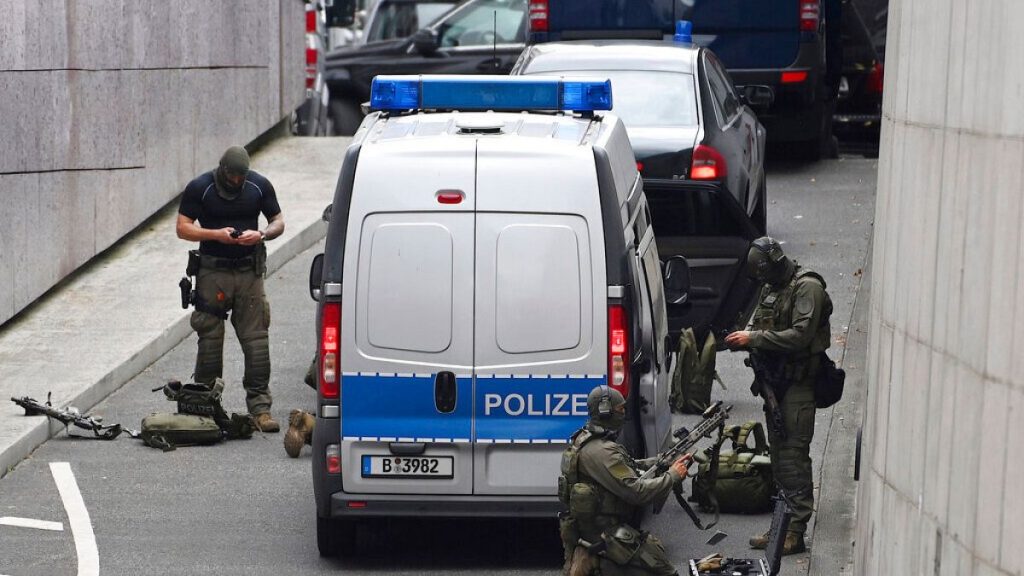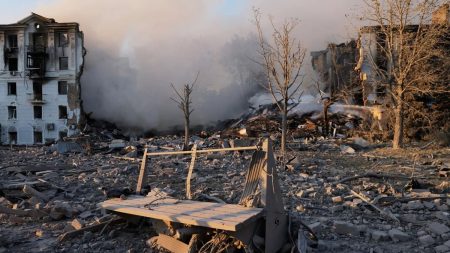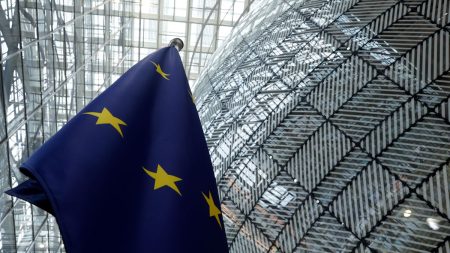The incident in Charlottenburg unfolded on a Tuesday, shortly before noon, shattering the midday calm. Emergency services raced to the scene following reports of a man attacking multiple individuals, allegedly with a knife. The precise nature of the weapon and the sequence of events remain under investigation, but the immediate aftermath saw two victims requiring hospitalization due to the severity of their injuries. While authorities acknowledged the possibility of additional casualties, the exact number and extent of their injuries were not immediately confirmed. The swift response of bystanders played a crucial role in subduing the attacker before the arrival of law enforcement. Their courageous intervention prevented further harm and facilitated the apprehension of the suspect by police.
This attack in Charlottenburg occurred against the backdrop of heightened national anxiety following a devastating incident at a Christmas market in Magdeburg just the previous week. The Magdeburg attack, a horrific act of violence, claimed the lives of five individuals and left over 200 injured, many seriously. A doctor originally from Saudi Arabia was subsequently apprehended and charged with murder in connection with the Christmas market assault. While investigations continue, authorities are still working to understand the motivations behind this tragic event, leaving the nation grappling with its aftermath. The temporal proximity of these two violent incidents – the Charlottenburg attack following so closely on the heels of the Magdeburg tragedy – undoubtedly contributed to a sense of unease and heightened security concerns across Germany.
The Charlottenburg attack, while smaller in scale than the Magdeburg incident, highlights the ongoing challenges faced by German authorities in maintaining public safety and preventing acts of violence. The rapid response of both bystanders and law enforcement underscores the importance of community vigilance and effective emergency protocols. The incident also raises questions about potential underlying factors contributing to such acts of aggression. While it is too early to draw definitive conclusions about the motives of the attacker in Charlottenburg, the investigation will likely explore various possibilities, including mental health issues, personal grievances, or potential ideological influences.
The investigation into the Charlottenburg attack will likely delve into the suspect’s background, any prior criminal record, and potential connections to extremist groups or ideologies. Forensic analysis of the weapon used, witness testimonies, and any available surveillance footage will be critical in reconstructing the sequence of events leading up to and during the attack. Authorities will also focus on determining whether the attacker acted alone or had accomplices. Understanding the motivations behind this attack will be crucial in informing preventative measures and addressing potential underlying issues that contribute to such acts of violence.
The incident in Charlottenburg serves as a reminder of the vulnerability of public spaces and the ever-present threat of unexpected violence. While the swift actions of bystanders and law enforcement prevented a potentially larger-scale tragedy, the attack underscores the need for continued vigilance and preparedness. In the wake of both the Charlottenburg and Magdeburg incidents, German authorities are likely to review and strengthen security measures in public spaces, particularly during large gatherings and events. This may include increased police presence, enhanced surveillance, and public awareness campaigns aimed at promoting safety and encouraging citizens to report suspicious activity.
The aftermath of these attacks will undoubtedly have a lasting impact on the German public. The incidents raise questions about the effectiveness of existing security measures and the need for improved strategies to prevent and respond to acts of violence. The investigations into both events will be closely watched by the public, as people seek answers and reassurance. The incidents also highlight the importance of community resilience and the role of individuals in intervening to prevent harm and assist those in need. The courageous actions of the bystanders in Charlottenburg demonstrate the power of collective action and the potential for ordinary citizens to make a difference in times of crisis. As Germany grapples with the aftermath of these attacks, the focus will be on healing, strengthening security measures, and fostering a sense of unity and resilience in the face of adversity.














